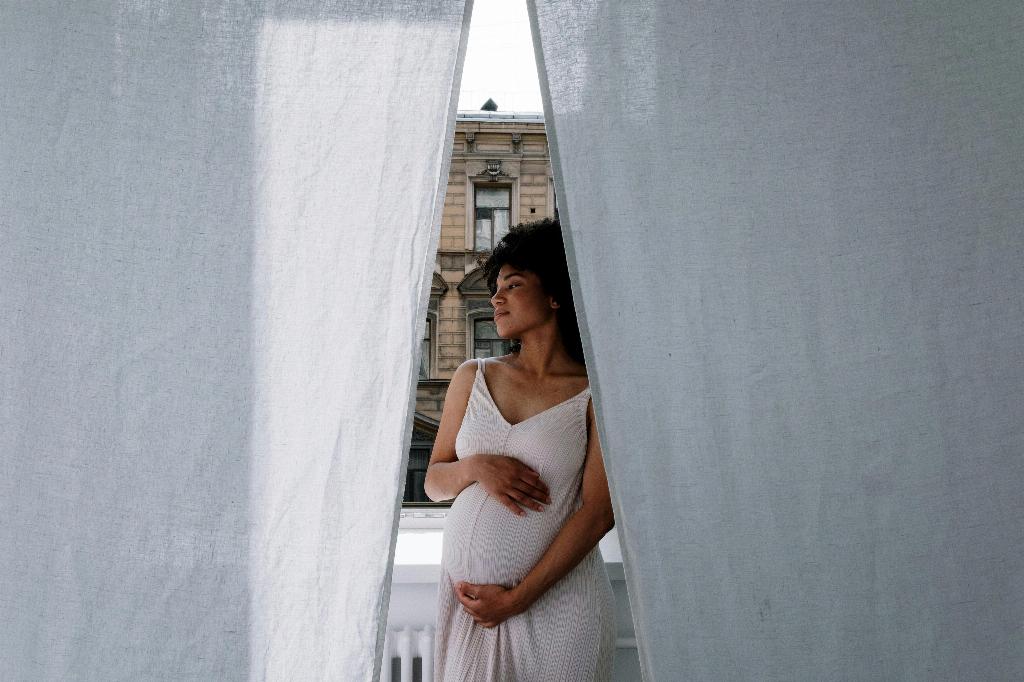When it comes to the odds of experiencing a miscarriage with an intrauterine device (IUD) in place, there are several important factors to consider. One crucial aspect is the location of the pregnancy in relation to the IUD. In cases where pregnancy does occur with an IUD, the implantation often takes place away from the device, with the IUD remaining extra-amniotic.
It is essential to note that ultrasonography plays a significant role in determining the precise positioning of both the IUD and the gestational sac. This imaging technique can provide valuable insights into the anatomical relationship between the IUD and the developing pregnancy.
One key consideration in cases where pregnancy coincides with an IUD is the decision regarding whether to remove or leave the device in place. Research suggests that if the IUD is left in situ, the risk of experiencing a spontaneous abortion, commonly referred to as a miscarriage, may be as high as 50%.
It is crucial for healthcare providers to assess each individual situation carefully and weigh the potential risks and benefits of IUD removal versus retention in cases of concurrent pregnancy. Factors such as the type of IUD, the gestational age of the pregnancy, and the woman’s overall health and preferences all play a role in this decision-making process.
While the risk of miscarriage with an IUD may be elevated compared to pregnancies without an IUD, it is important to emphasize that not all pregnancies with an IUD will result in miscarriage. Some individuals may carry the pregnancy to term successfully, with appropriate monitoring and management in place.
Understanding the potential outcomes and risks associated with pregnancy while an IUD is in place underscores the importance of comprehensive pre-conception counseling and ongoing prenatal care for individuals using this form of contraception. Open communication with healthcare providers is key in addressing any concerns or questions that may arise.
In situations where a miscarriage does occur with an IUD in situ, medical professionals will need to provide appropriate support and care to the individual experiencing the loss. Emotional support, physical monitoring, and follow-up evaluations are essential components of the comprehensive care provided to individuals in this challenging situation.
Further research and clinical studies may help to shed more light on the specific mechanisms underlying the increased risk of miscarriage in pregnancies with an IUD and inform optimal management strategies for such cases. Continued advancements in medical knowledge and technology are crucial in enhancing the care and outcomes for individuals facing these complex reproductive health scenarios.
Addressing the question of the odds of experiencing a miscarriage with an IUD involves a nuanced consideration of various clinical factors, patient preferences, and healthcare practices. Each case is unique, and individualized care and attention are essential in navigating the complexities of pregnancy with an IUD in place.
By staying informed, maintaining open communication with healthcare providers, and actively participating in decision-making processes related to reproductive health, individuals can empower themselves to make well-informed choices that align with their values and preferences.
While the odds of miscarriage may be higher in pregnancies with an IUD, comprehensive care, compassionate support, and personalized management can help individuals navigate these challenging circumstances with resilience and confidence.

